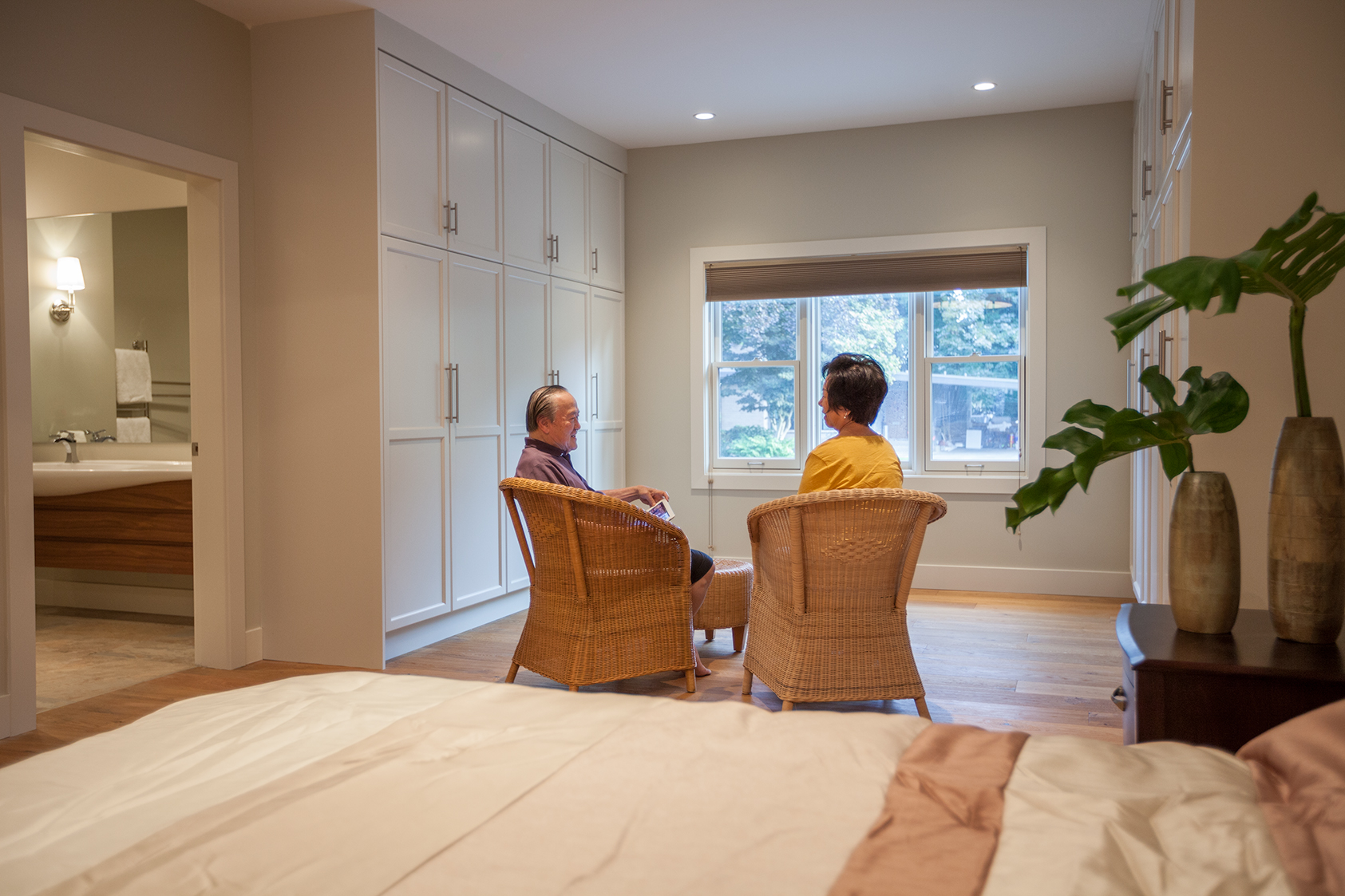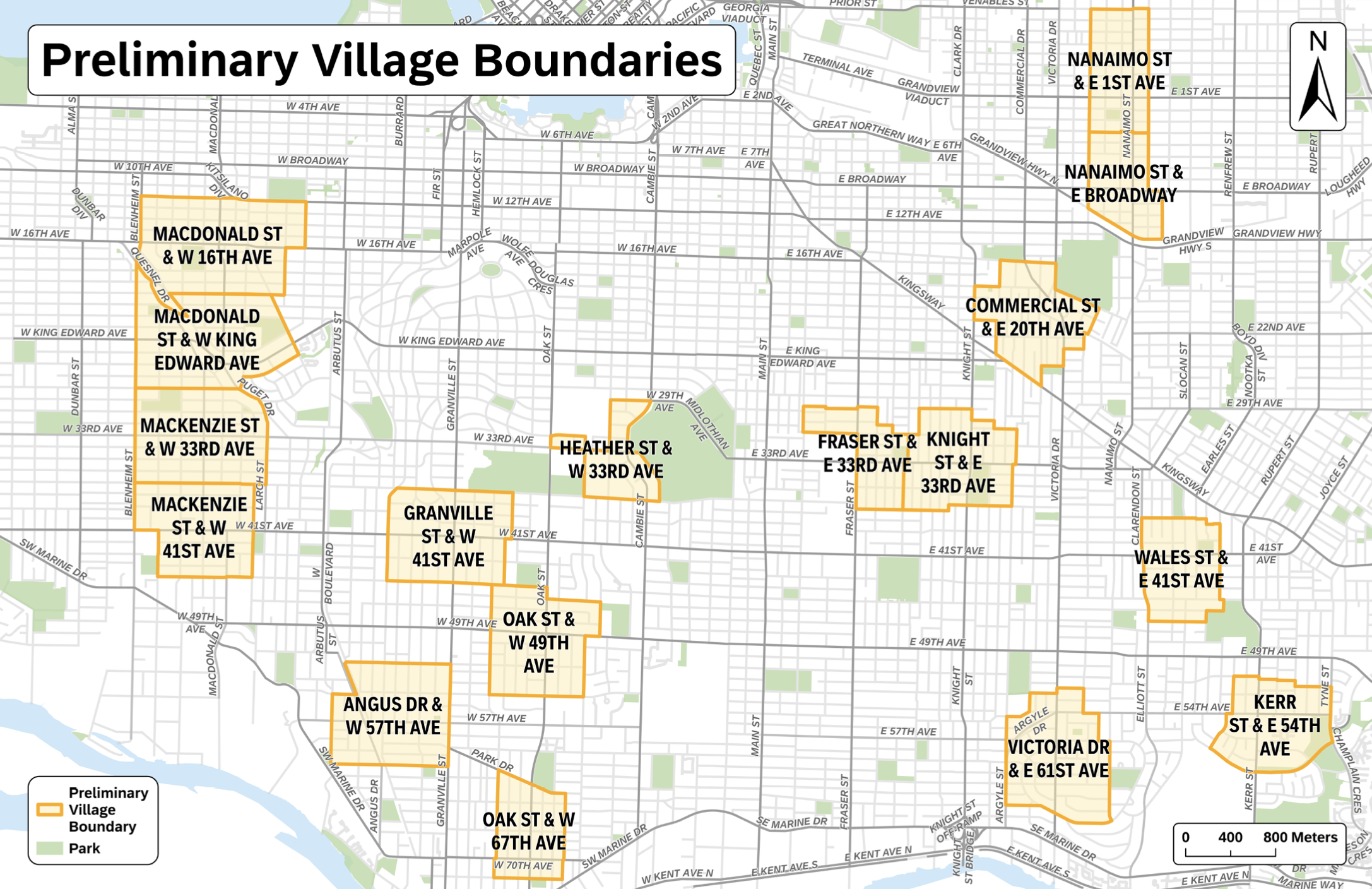The Simple Physics of Ventilation
We like it when simple physics assist in creating comfortable spaces, like the passive air exchange of stack and cross ventilation.
Stack Ventilation
Also known as the stack effect, stack ventilation is achieved through thermal buoyancy, which is a fancy way of saying that warm air rises because it’s less dense. In a vertical space, an opening at the top will allow warm air to escape, while an opening at the bottom allows cold, dense air to enter. This constant cycle is what causes ventilation. While it sounds relatively simple to achieve this stack effect in a building, a few details should be considered. The height of a space is important—along with the size of the vents or windows that allow the air to enter and escape—the rule here is that bigger is better. Stack ventilation can only take place when the internal temperature of the stack is greater than the outside temperature. The stack effect can also be used to heat a space. When rising warm air isn’t allowed to escape, it could be diverted throughout rooms and passages, gradually warming them.
Cross Ventilation
Cross ventilation relies on the wind and is therefore sometimes called ‘wind-induced ventilation.’ While stack ventilation is a vertical process, cross ventilation is a horizontal one, allowing air to enter through one side of a building and exit through the other. Because it relies on wind power, a site analysis identifying prevailing winds would allow a home to gain from this natural advantage. Windows are the most traditional openings that promote cross ventilation; in designing a home, it is usually as easy as strategically placing windows to maximize this airflow. Another important consideration when designing for cross ventilation is the path air will flow internally.Benefits are optimized with when we design where degrees of openness are possible. The more we can directly control our own thermal comfort with operable windows, shading and directing of airflow, the less reliance we need on mechanical systems, and the more we can lower our energy bills.













